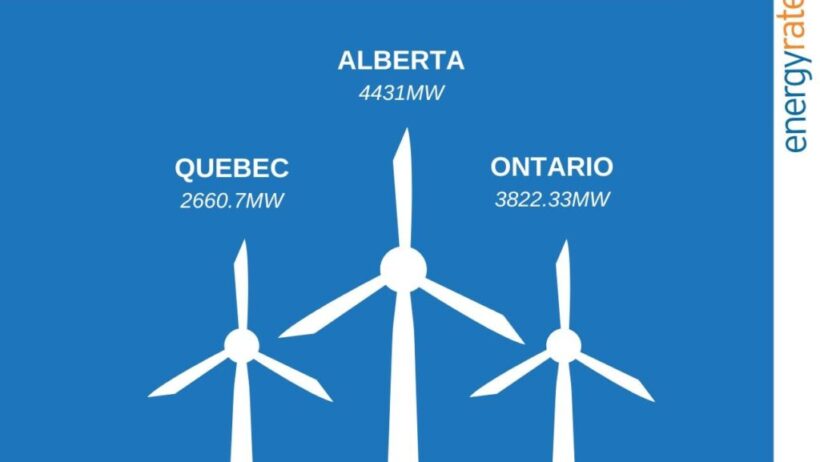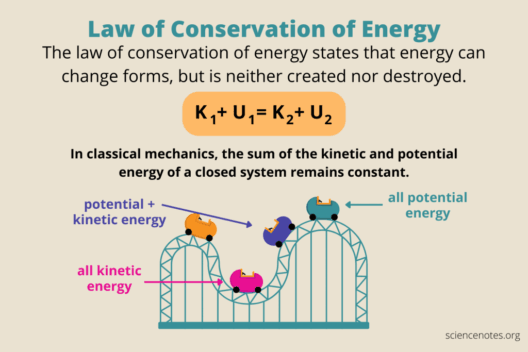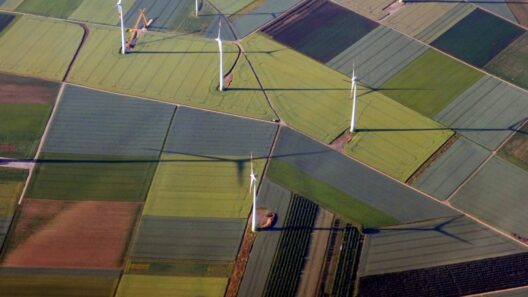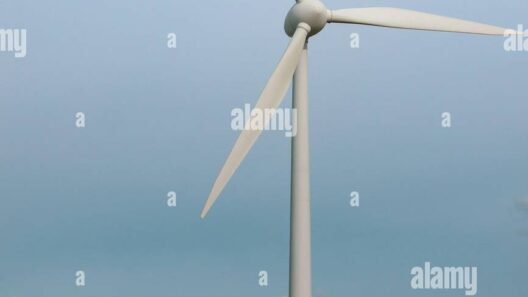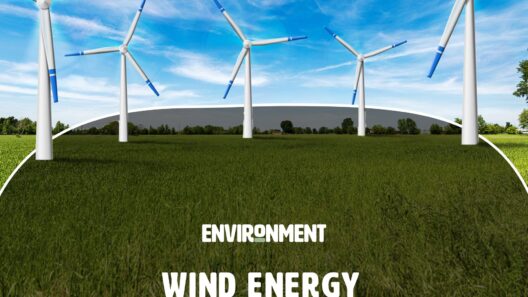Wind energy has emerged as an indispensable driver of the global transition towards sustainable energy systems. While harnessing the wind for power generation may seem a novel concept, numerous countries have embraced wind energy long before it became a buzzword in environmental discourse. This article delves into the leading nations championing wind power adoption, examining their motivations, achievements, and the aesthetic allure of wind farms that dot their landscapes.
The case for wind energy cannot be overstated. Wind is an inexhaustible resource, and unlike fossil fuels, its utilization does not emit harmful greenhouse gases. As countries grapple with the exacerbating impacts of climate change, the push for cleaner, renewable energy sources grows ever more critical. Let’s explore the countries that stand at the forefront of this renewable revolution.
Among these remarkable nations, China leads the charge. The sheer scale of its investments in wind energy is staggering. In fact, China accounts for nearly one-third of the world’s total installed wind capacity. The allure of renewable energy investments in China is not merely economic; it represents a vision for a cleaner, greener future. Vast wind farms sprout across its expansive landscapes—from the arid deserts of Inner Mongolia to the coastal regions of Jiangsu, these monumental structures symbolize a break from the fossil fuel dependency that has defined industrial growth for centuries. Not only do these wind farms contribute to energy generation, but they also create stunning visual landscapes, transforming the horizon into a dynamic interplay of technology and nature.
Following closely is the United States, a nation where wind energy has witnessed exponential growth over the last decade. States like Texas, Iowa, and Oklahoma have become synonymous with wind power, collectively generating over 100 gigawatts of electricity from their wind farms. The windswept plains of the Midwest, dotted with turbine clusters, make for a picturesque and compelling sight. Beyond aesthetics, the economic benefits of wind energy are profound; they generate thousands of jobs and significantly bolster local economies. The allure of transitioning to renewable energy resonates deeply with American values of innovation and independence, positioning wind energy as not just an environmental solution but a beacon of economic prosperity.
In Europe, the landscape of wind power adoption is equally impressive. Denmark has distinguished itself as a pioneer, showcasing the successful integration of wind energy into its national grid. Wind turbines provide nearly 50% of Denmark’s electricity, setting a global benchmark for renewable energy utilization. The iconic white turbines against the backdrop of the North Sea encapsulate a commitment to sustainability that is both commendable and aesthetically pleasing. The Danish model serves as a blueprint for other nations aiming to enhance their renewable energy portfolios. It is a testament to the intersection of sustainability practices and governmental policies that prioritize green technology as a pathway toward a more sustainable future.
Germany, often referred to as the “wind powerhouse” of Europe, has also made remarkable strides. Its expansive array of wind farms dotting the countryside exemplifies the country’s relentless pursuit of renewable energy amidst a backdrop of beautiful landscapes. The German Energiewende, or “energy transition” policy, highlights proactive steps towards phasing out nuclear and fossil fuel sources in favor of renewables. This ambitious initiative has not only transformed the energy landscape but also reshaped perceptions around sustainable living.
On the horizon, other nations are steadily making their mark in the wind energy arena. India, for example, is emerging as a formidable player, already ranking among the top countries in installed wind capacity. The Indian landscape is increasingly adorned with spinning turbines from the deserts of Rajasthan to the coastal regions of Tamil Nadu. These projects are poised to alleviate energy poverty while simultaneously placing the country on a greener trajectory. The visual phenomenon of wind turbines, set against the backdrop of ancient temples and vibrant landscapes, underscores a rich narrative of merging tradition with modern technological advancements.
Similarly, Brazil is capitalizing on its geographical advantages, attracting major investments in wind capacity, particularly in the northeastern regions. Turbines now gently sway along the coastline, harnessing fierce Atlantic winds. This growth not only signifies strides toward renewable energy goals but also paints a diverse tableau of natural beauty and technological advancement.
In reflecting on these nations, an aesthetic appreciation for the intricacies of wind power must be emphasized. The majestic silhouettes of wind turbines reaching for the sky often mirror the aspirations of both individual societies and the global community yearning for sustainable practices. The harmonious integration of these machines into the natural landscape offers an aura of tranquility while serving a vital purpose. Furthermore, the educational and cultural significance of wind farms can inspire future generations in the pursuit of innovative, clean energy solutions.
As we navigate the complex terrain of global energy demands and environmental responsibilities, the efforts of these leading nations underscore the potential of wind energy in crafting a sustainable future. The landscapes they cultivate are not just repositories of technological advancement but mirrors reflecting society’s commitment to environmental stewardship. As countries around the world leverage the power of wind, the transformation of the energy sector becomes not only a necessity but also a beautiful promise to our planet and future generations.


